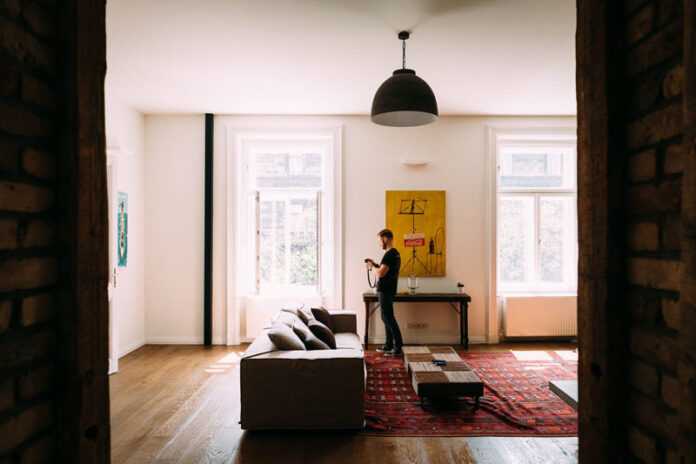With the Coronavirus outbreak changing the way everyone in the world is working and living their daily lives, artists are learning to adapt to a “new normal” as art fairs, exhibitions and workshops are indefinitely put on hold.
COVID-19 has already rapidly changed the way that everyone—including artists and creative freelancers—will conduct business this year.
Here are just some of the ways that artists have begun to change the way they run their art business during this time, and how you can too.
Strengthen your online presence
- Do a social media audit: Is your information the same across all platforms? Do the links to your social media accounts work? Are your bios strong and accurate?
- Offer an online workshop: Tools like Zoom, Facebook Live and even Google Hangouts allow you to teach a workshop from anywhere—even your couch. Here is a full list of tools for you to run your art business, teach online classes, conduct video conferences and more during the time of social distancing.
- Check-in with your contacts: When did you send out your last newsletter? Is your client list up to date? Have you organized your contacts into groups based on your relationships with them?
- Create new content: When was the last time you made a time-lapse video of you working on an artwork? Is there something you can teach or share about your process to engage your audience?
Focus on creating new work
- Set aside a dedicated space in your home to make your work. If you have a studio setup that works for you, mimic the layout in your home the best that you can. Work-from-home newbies are advised to create a space that is different enough from their non-work spaces. Set yourself up for success by limiting distractions and attempting to make a separate area where you can create.
- Create a schedule for yourself to manage your work availability. Artists are used to having non-structured days, but it’s even more important now to give yourself a little structure. Can you give yourself a set period of time each day to work on your art? Setting out dedicated time will help you produce and allow you to take a complete break when you aren’t working later in the day. Make sure you are leaving time to do the other things that will keep you healthy during this extended time in isolation. Having structured time for work will allow for time to exercise, make healthy meals, get enough sleep, connect with loved ones, and get outside.
- Keep your creative brain active and healthy. Take care of yourself to be in a head-space where you will be able to work and create. Make sure that despite the craziness around us, that you are kind to yourself and that you are making sure your needs are met. Participate in online creative prompt challenges to keep exercise your creativity.
Create community & connection through art
How can you create connections in your community through art?
- Practice your digital handshake by reaching out to and connecting with artists and art groups that you respect. Make a list of groups that you are interested in, write an intro email and ask if you can be a part of their COVID-19 programming. Or, use this time to build out a list of people you plan to contact in the future.
- Plan out connections and collaborations digitally by finding like-minded artists. Propose a mini art-in-isolation type of collective. Use the art community to continue to inspire and motivate you.
- Seek out supportive groups. Join webinars, digital art critiques, remote book clubs, and create online versions of studio visits for the public. Just because the world has slowed down doesn’t mean that you have to lose your community.
ANALYSIS
I found that this article does a decent job at spotlighting opportunities that artists can take advantage while being socially distanced. I chose to draw attention to the propositions that mention art making, collaboration, and network building. The writer seems to focus on the ideas that the internet is an invaluable tool and artists should be spending time developing their digital identities, and that making is extremely important during physical isolation. In other words, this article seems to claim that in order to keep afloat during this time as an artist you must refine your means of meeting collaborators/clients and do what you can to continue making. It is apparent that right now artists would benefit from tools to help them plan and build their networks.
Something interesting that this article points out is the opportunity for artists to act as instructors within their disciplines. This could be a valuable tool for artists to make while also meeting people, albeit that may not include other artists. On the other hand, this can be a means of building relationships with potential clients.




